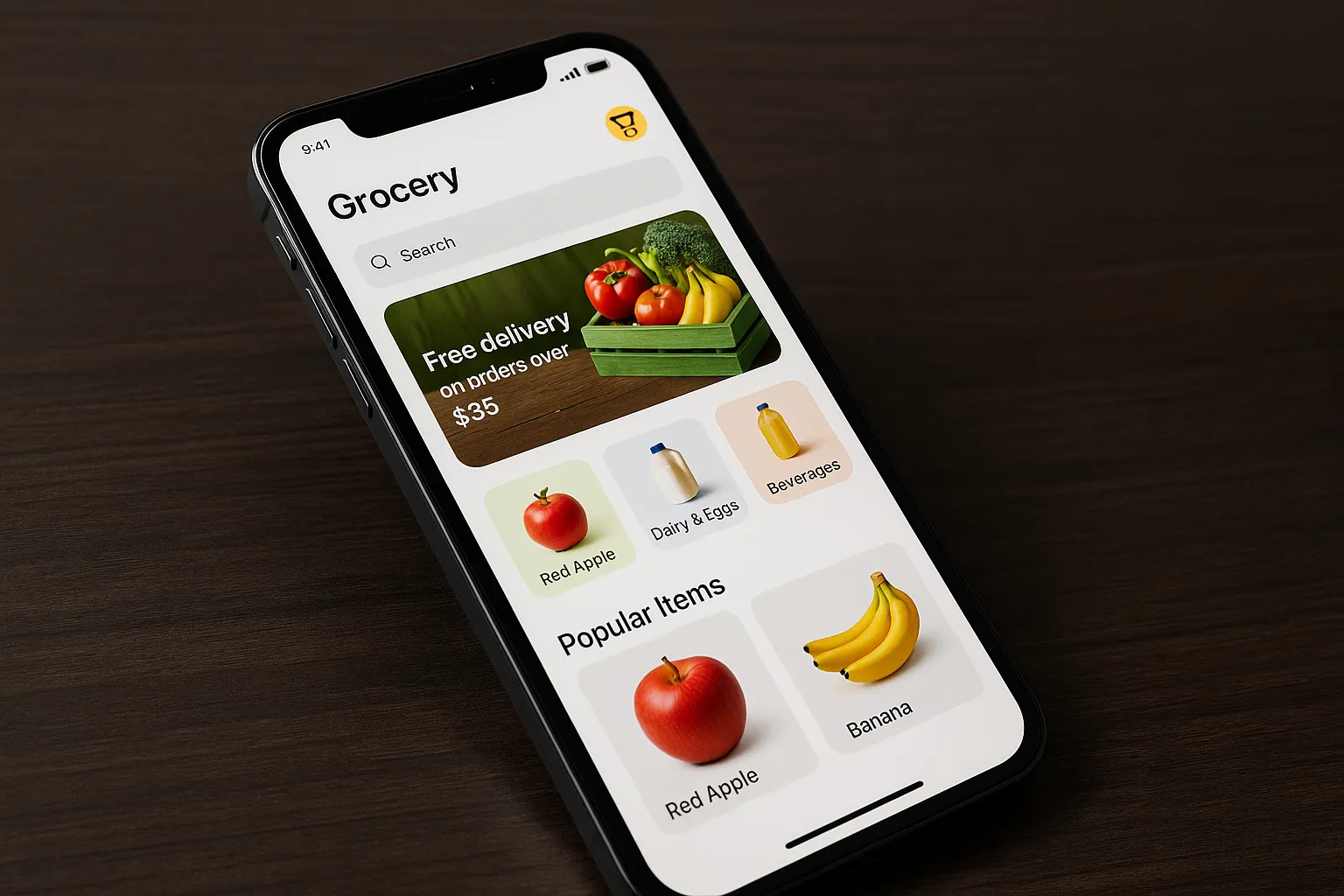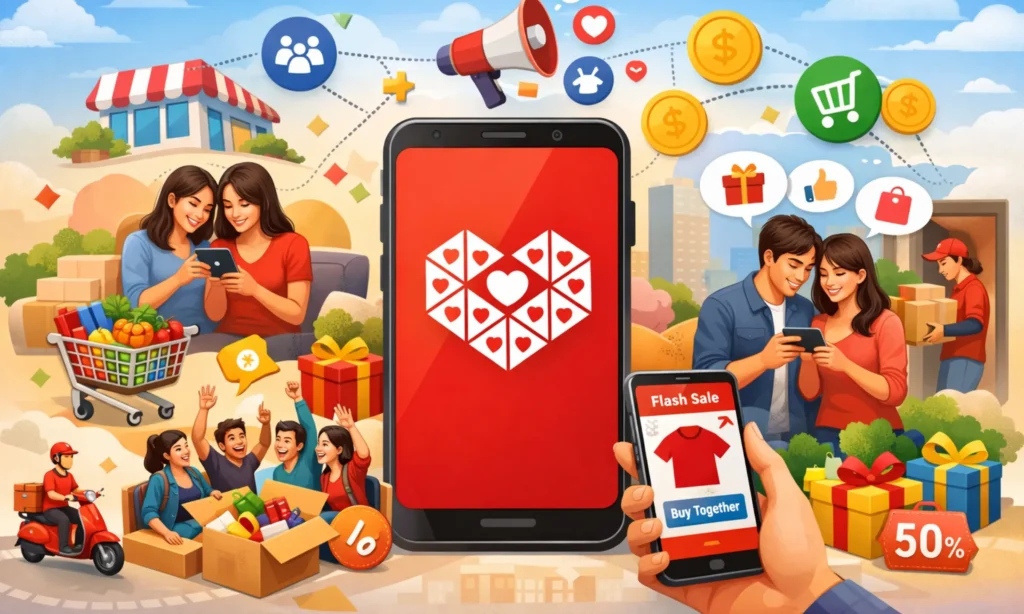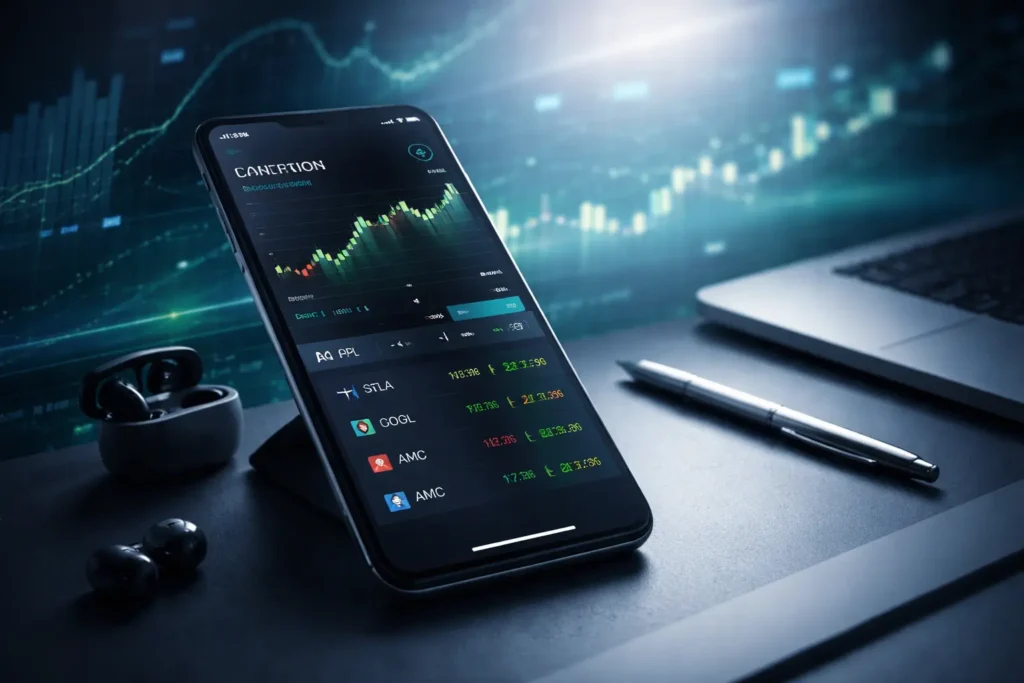Ever stood in the middle of your kitchen, staring at an empty fridge, wondering how you’ll magically get groceries before dinner? Yeah, same here. Enter AmazonFresh, the app that turns couch potatoes into master grocery planners with just a few taps. It’s fast, it’s convenient, and let’s be real — it’s addictive. And in a world that thrives on speed, precision, and doorstep delivery, apps like AmazonFresh aren’t just nice-to-haves — they’re must-builds for any founder eyeing the digital retail throne.
If you’re a startup or entrepreneur wondering what makes AmazonFresh such a hit, this isn’t just another feature list blog. We’re going behind the scenes. We’re peeling the onion — layer by layer (and no tears, promise) — to explore what gives this grocery delivery app its superpower status.
Whether you’re planning to launch a grocery clone, upgrade your local supermarket’s digital experience, or just snooping around for ideas, here’s the inside scoop. And hey — Miracuves has helped plenty of innovators ride this wave. Ready to dive in?
What Exactly is AmazonFresh?
Before we jump into the nitty-gritty, let’s clarify: AmazonFresh isn’t just a grocery delivery service. It’s a finely tuned logistics machine disguised as a mobile app. Born as an extension of the Amazon Prime ecosystem, AmazonFresh connects users with fresh produce, pantry staples, household essentials, and even alcohol — all from trusted local vendors and Amazon’s warehouses.
It integrates real-time inventory management, smart AI-driven personalization, hyperlocal logistics, and Prime membership perks — a combo that’s hard to beat.
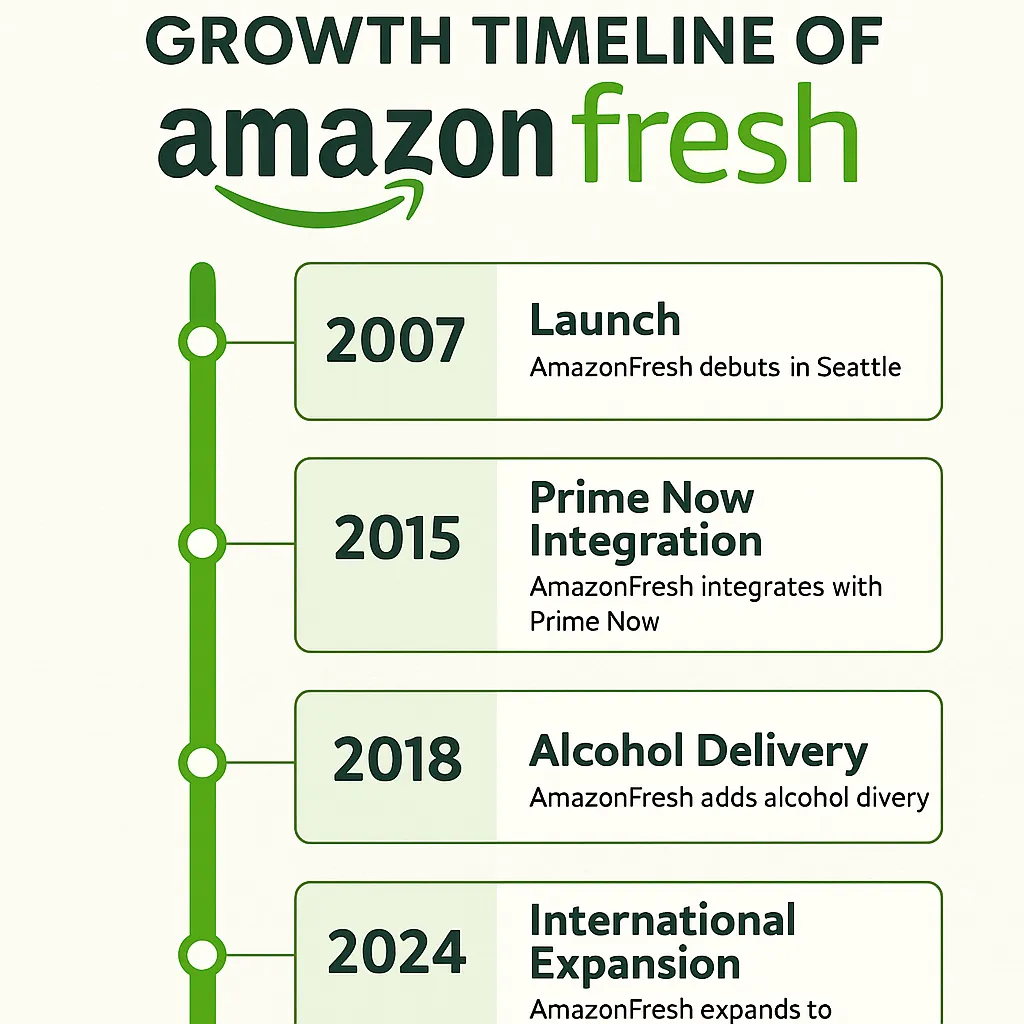
Read more: What is an AmazonFresh App and How Does It Work?
Core Features That Define the AmazonFresh App
Here’s the section you came for — the heavy hitters that make this app a darling of the digital grocery world.
1. Seamless Sign-up and Profile Personalization
From the get-go, AmazonFresh prioritizes frictionless onboarding. Login via Amazon credentials? Check. Instant Prime sync? Double check.
Once inside, users get personalized dashboards based on past orders, dietary preferences, and shopping frequency. It’s the kind of predictive tech that screams “how did they know I needed almond milk again?!”
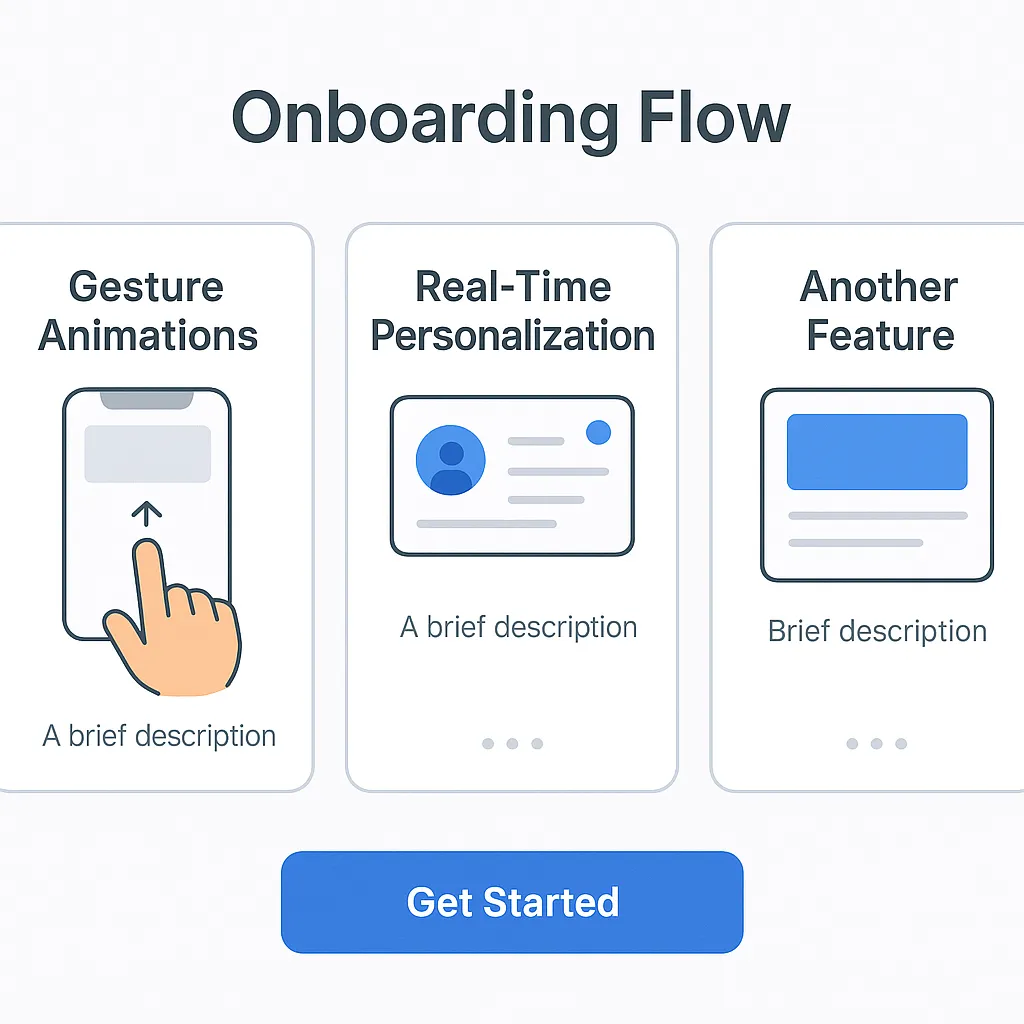
2. Smart Search with Filters & Voice Integration
We’re not just talking about typing “broccoli.” Users can filter by brand, dietary tags (vegan, gluten-free), deals, or even expiration dates.
Plus, Alexa integration allows voice search: “Add bananas to my cart” — and boom, bananas magically appear.
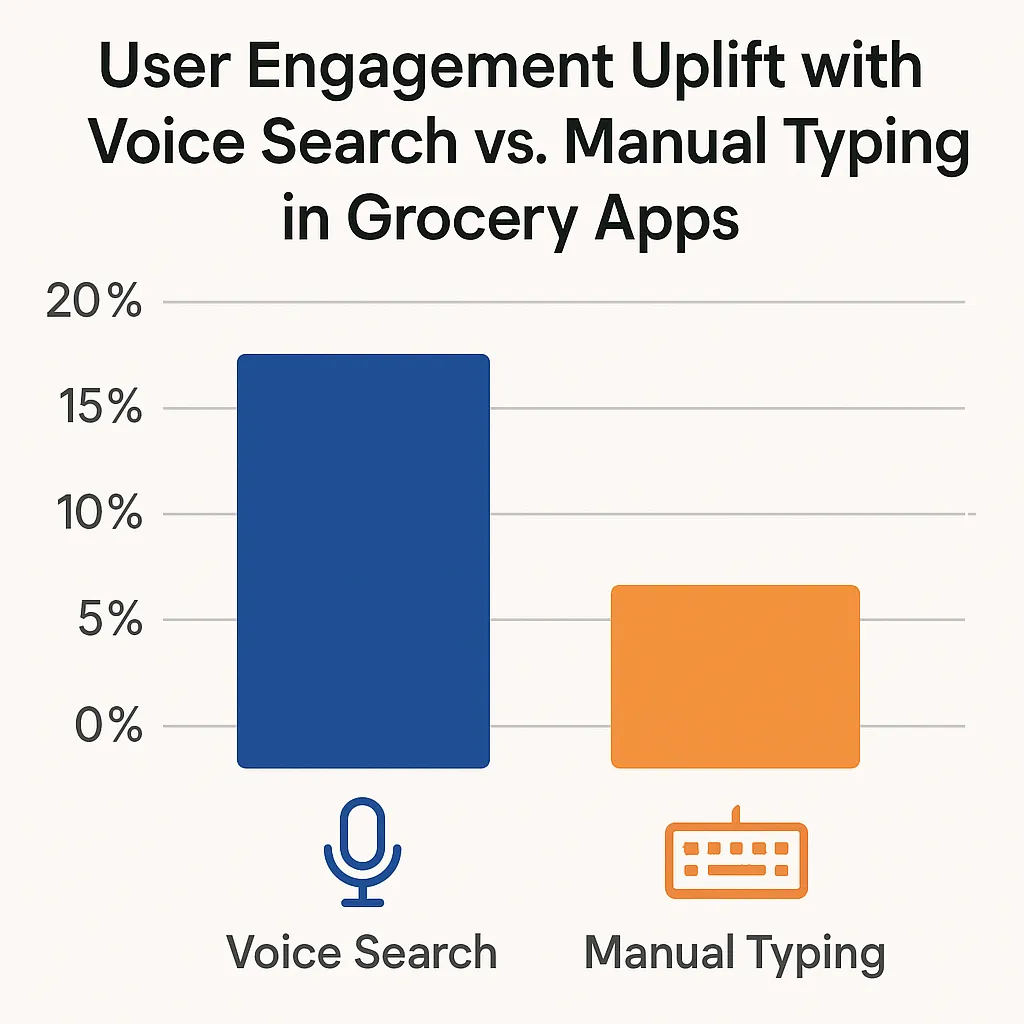
3. Real-Time Inventory and Dynamic Availability
AmazonFresh nails hyperlocal logistics. The app updates inventory based on nearby fulfillment centers and local stores. What’s available in Manhattan at 3 PM might not be the same in Brooklyn at 5 PM — and the app reflects that in real-time.
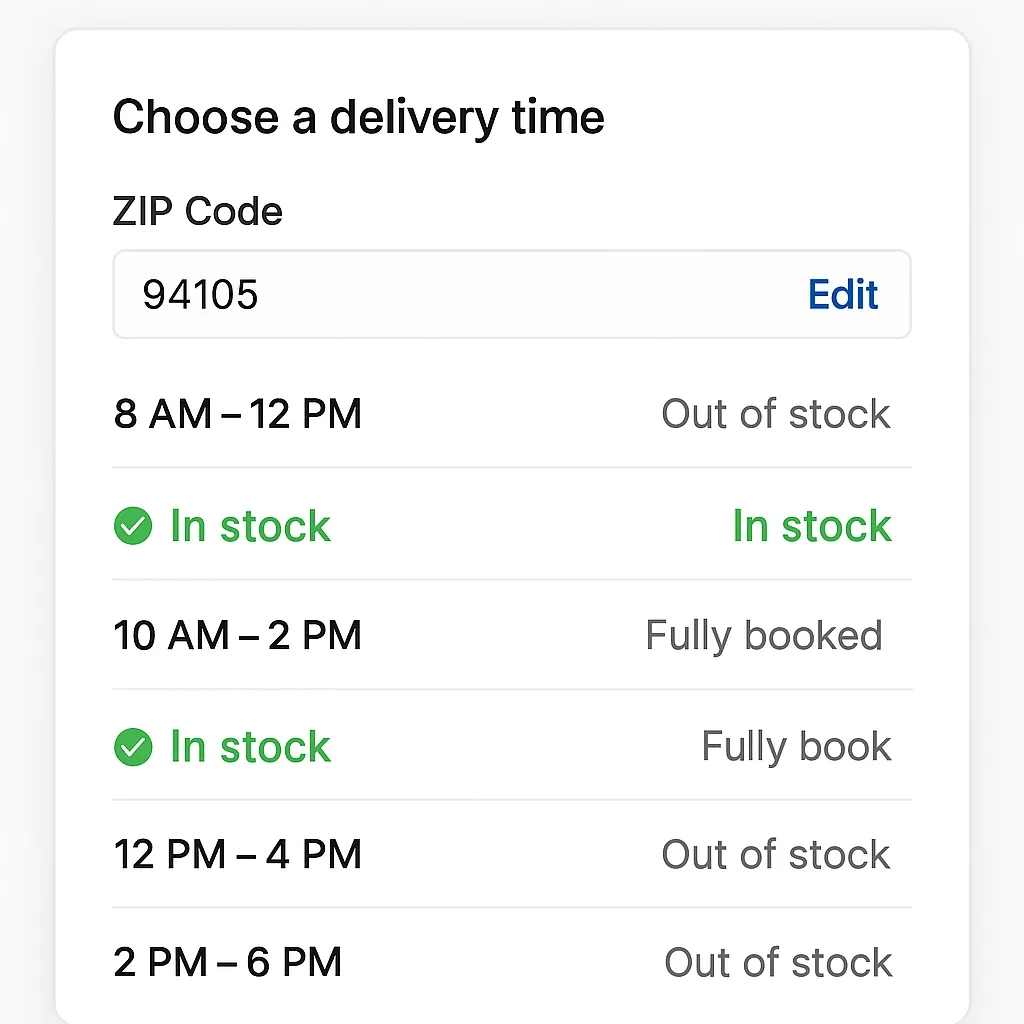
4. Subscription-Based Benefits (a.k.a. Amazon Prime)
Users with Prime memberships get exclusive access, faster deliveries, and special pricing. That “locked behind the velvet rope” experience drives serious loyalty and conversions.
5. Scheduled Deliveries & Time Slot Reservations
Planning ahead is a breeze. Choose a time slot, reserve it, and even add more items up until a cutoff window. This boosts user retention by encouraging batch planning and repeat use.
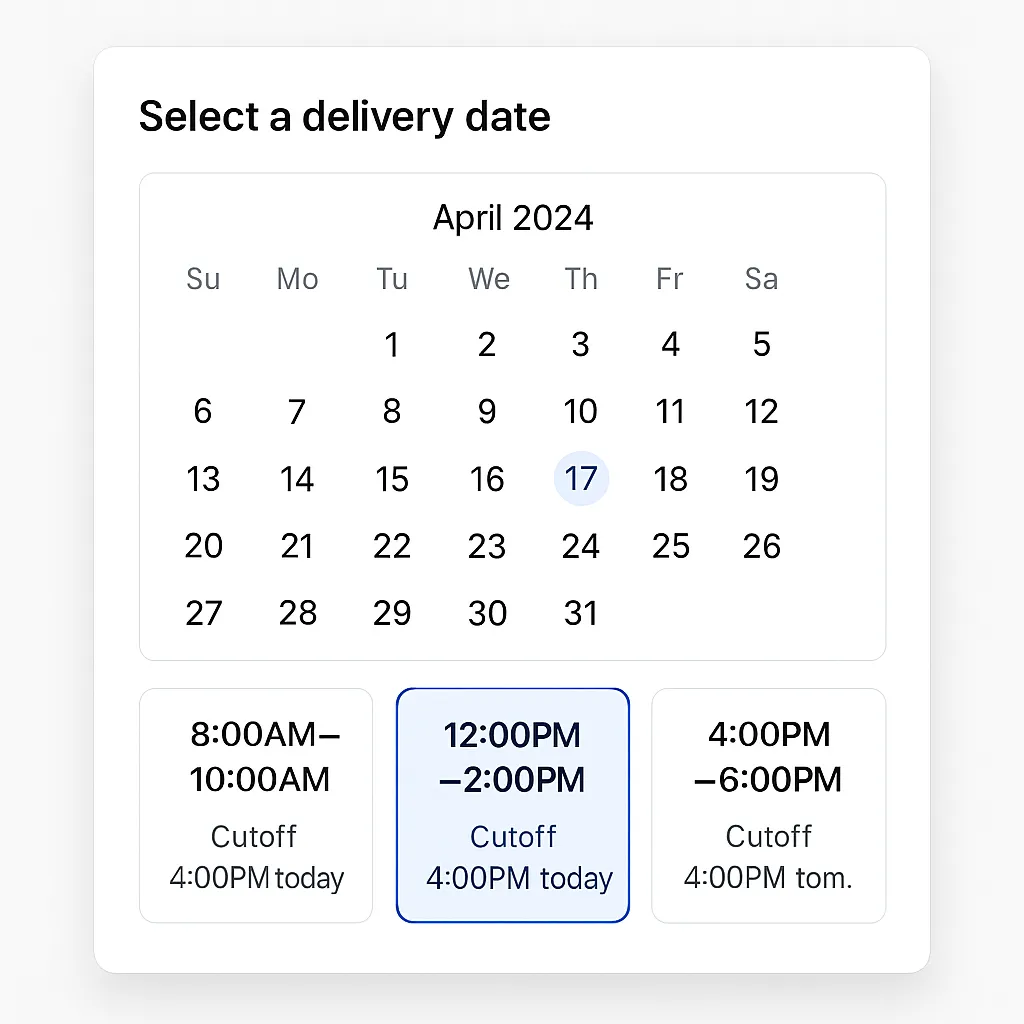
6. Contactless Delivery & Smart Locker Options
In today’s “don’t ring my doorbell” world, AmazonFresh offers unattended deliveries and Amazon Locker pickups. It’s privacy-first, pandemic-proof, and perfect for introverts (no judgment).
7. Cart Intelligence & Auto-Suggestions
Forgetful much? The app nudges you with “You bought this last week, want it again?” prompts. It even suggests what’s likely missing from your cart based on habits and time of month (yes, it’s that smart).
8. Multi-Vendor Marketplace + Local Partner Stores
It’s not just Amazon’s own inventory. The app features products from Whole Foods, local stores, and even artisan shops. This blended catalog broadens appeal and builds trust.
9. Real-Time Order Tracking with Live Map
The dopamine hit of watching your avocados make their way across town? Yeah, AmazonFresh delivers that. Real-time GPS, ETAs, and even driver name & vehicle details.
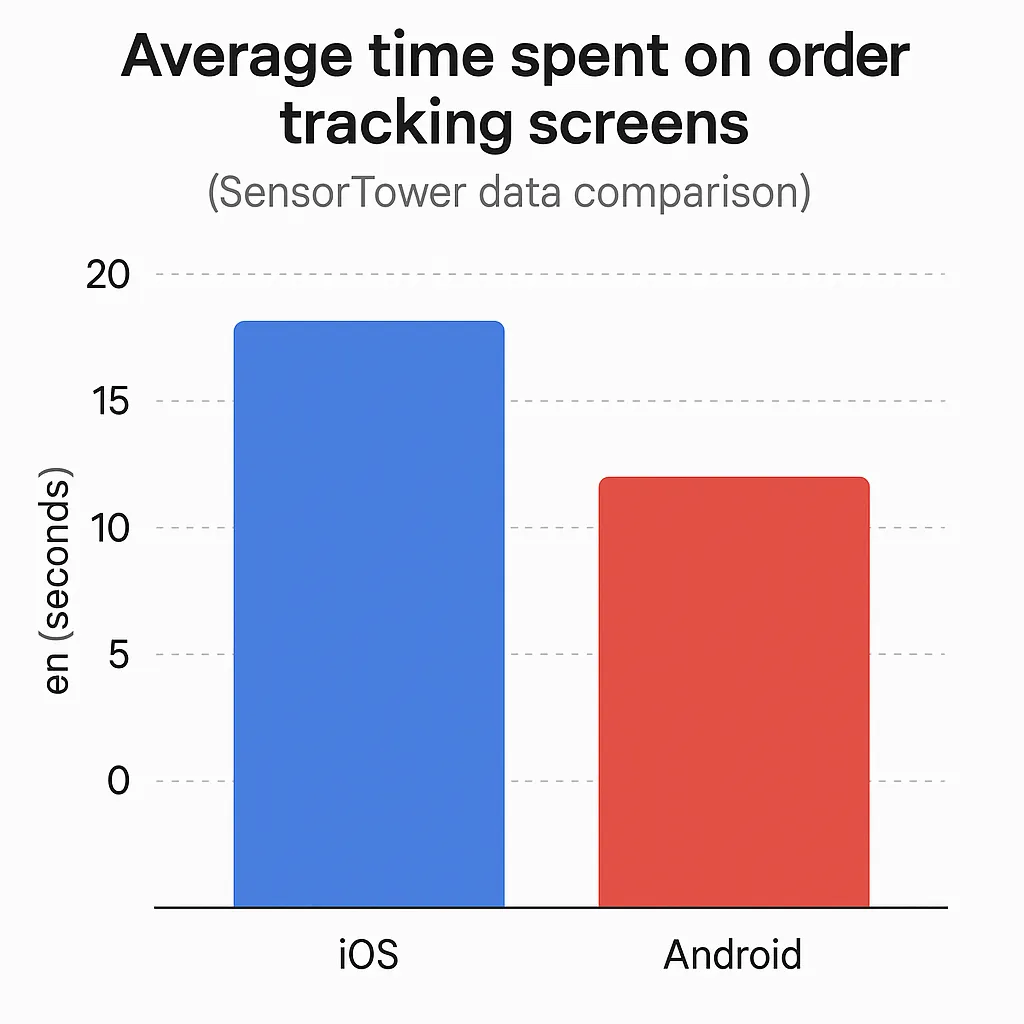
10. Ratings, Reviews, and Reordering Made Easy
Each product has user ratings and past purchase history. Reordering your entire cart from last week? One tap. That’s convenience and retention strategy rolled into one.
Read more: How Your Grocery Delivery App Features Drive Development Costs
Bonus Features That Add Serious Spice
• AI-Powered Recipes Integration
Found eggs and spinach in your cart? The app might suggest a frittata recipe. That keeps users engaged beyond just buying.
• In-App Support Chat & Delivery Issue Reporting
Stuff happens. Orders get delayed. But Fresh makes it easy to resolve with minimal frustration. Quick refunds, instant reorders, and support chat right inside the app.
What Startups Can Learn From AmazonFresh
If you’re building a grocery or multi-vendor delivery app, here’s the secret sauce:
- User-first onboarding: Make sign-up a joy, not a chore
- Personalization over push: Don’t just blast promos — use data smartly
- Predictive design: Make the app feel like a mind-reader
- Deliver trust, not just groceries: Real-time updates, refunds, and reliability build loyalty
And the good news? You don’t need Amazon’s billions to build a similar experience. You just need the right tech partner who gets it.
Kickstart your digital grocery business with custom grocery delivery app development services tailored for speed, scalability, and user convenience
At Miracuves, we help innovators launch high-performance app clones that are fast, scalable, and monetization-ready. Ready to turn your idea into reality? Let’s build together.
FAQs
Q:1 How does AmazonFresh personalize the user experience?
The app uses past orders, location, dietary preferences, and even time of day to tailor the dashboard and suggestions in real-time.
Q:2 Can users buy from local stores through AmazonFresh?
Absolutely. AmazonFresh integrates with local vendors and Whole Foods, giving users access to both big-name and niche groceries.
Q:3 What tech stack powers apps like AmazonFresh?
Typically, it involves React Native or Flutter for the frontend, AWS or GCP for the backend, real-time databases, AI/ML personalization models, and third-party delivery integrations.
Q:4 Is voice integration essential for grocery apps?
It’s not mandatory, but it’s a massive UX booster — especially with the rise of smart homes and multitasking users.
Q:5 What’s the monetization model of AmazonFresh?
It’s subscription-led (via Prime), plus markups on certain goods, vendor commissions, and delivery fees in select markets.
Q:6 Can I build a clone app with similar features?
Yes! Companies like Miracuves offer clone app development solutions that replicate AmazonFresh’s UX and backend logic — minus the billion-dollar R&D budget.
Related Articles:



